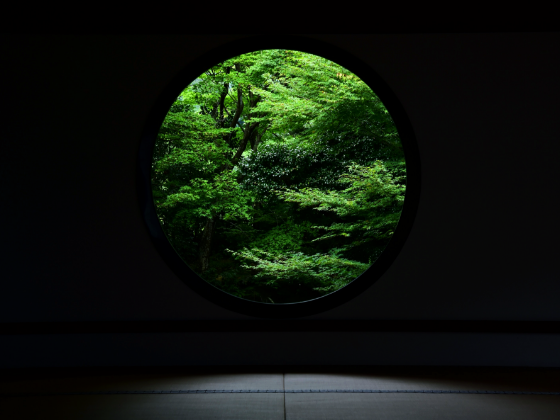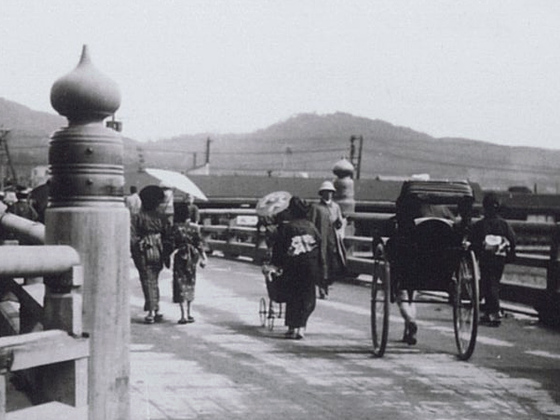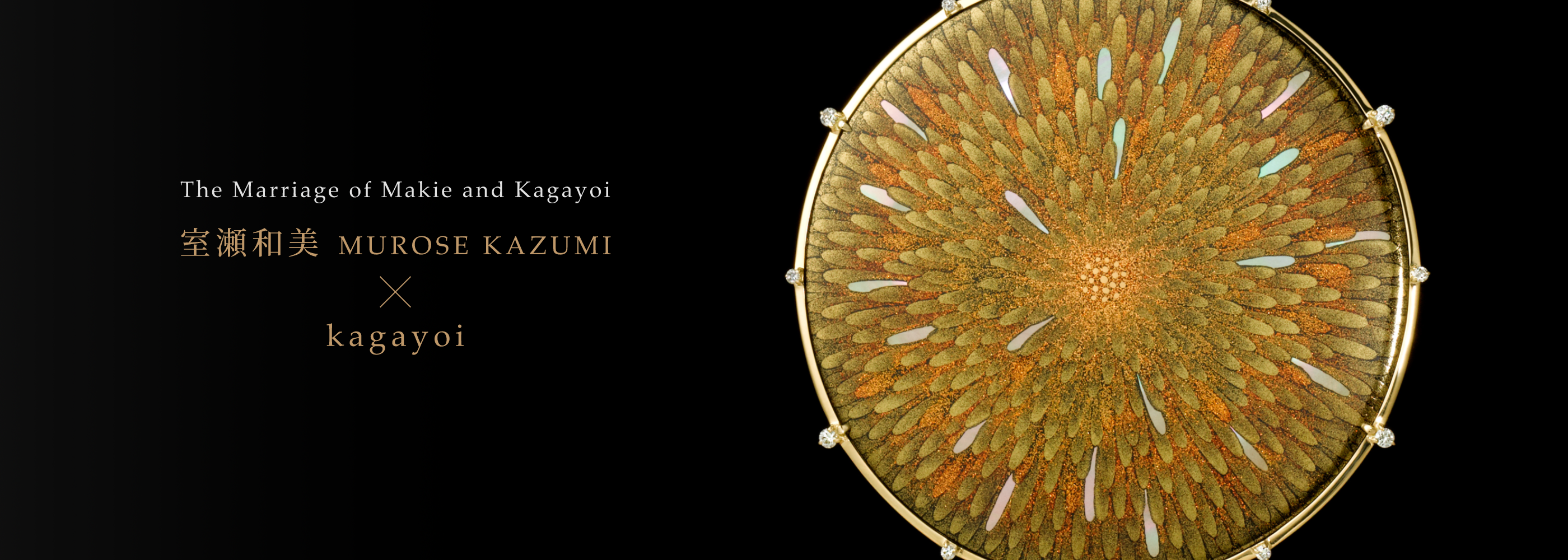
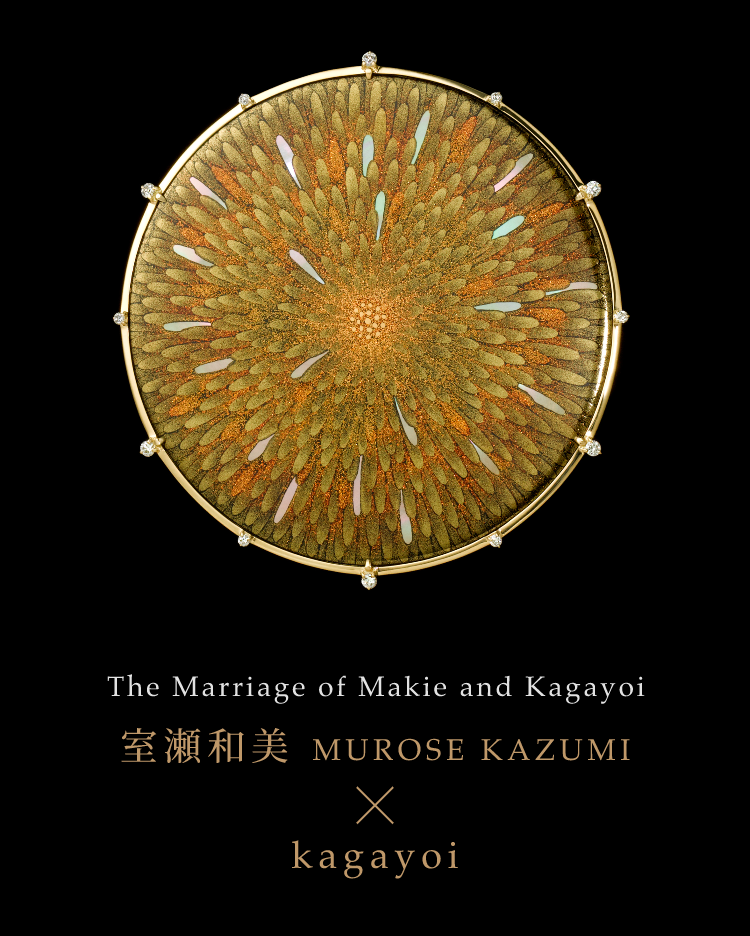
Kazumi Murose Meets Kagayoi
The gold lacquering technique called makie is a traditional Japanese form of lacquer art.
Lacquer artist Kazumi Murose has been designated a Preserver of an Important Intangible
Cultural Property (or Living National Treasure) in Japan.
The beauty of makie, a technique that has been handed down
from generation to generation since the Heian Period (794 to 1185),
has been long used to richly complement fashion accessories.
The World of Lacquer
The Tradition of Lacquer and Makie
Lacquer work is a traditional Asian craft used in Japan since the Jomon Period (10,500 to 300 BC). Since lacquer trees grow only in a monsoon climate, Asia is the only place where lacquer techniques developed.
Among the many methods of ornamentation, makie is a technique unique to Japan. By repeating that exquisitely delicate process, a beautiful world of incredible depth is achieved even using just the color gold.
In lacquer work, all of the materials are natural, from the lacquer sap itself to the wood on which the lacquer is applied, and even all of the tools used. Harmonizing with nature by taking advantage of natural phenomena like the season, humidity and time of day, achieves the desired result and creates a timeless heirloom.
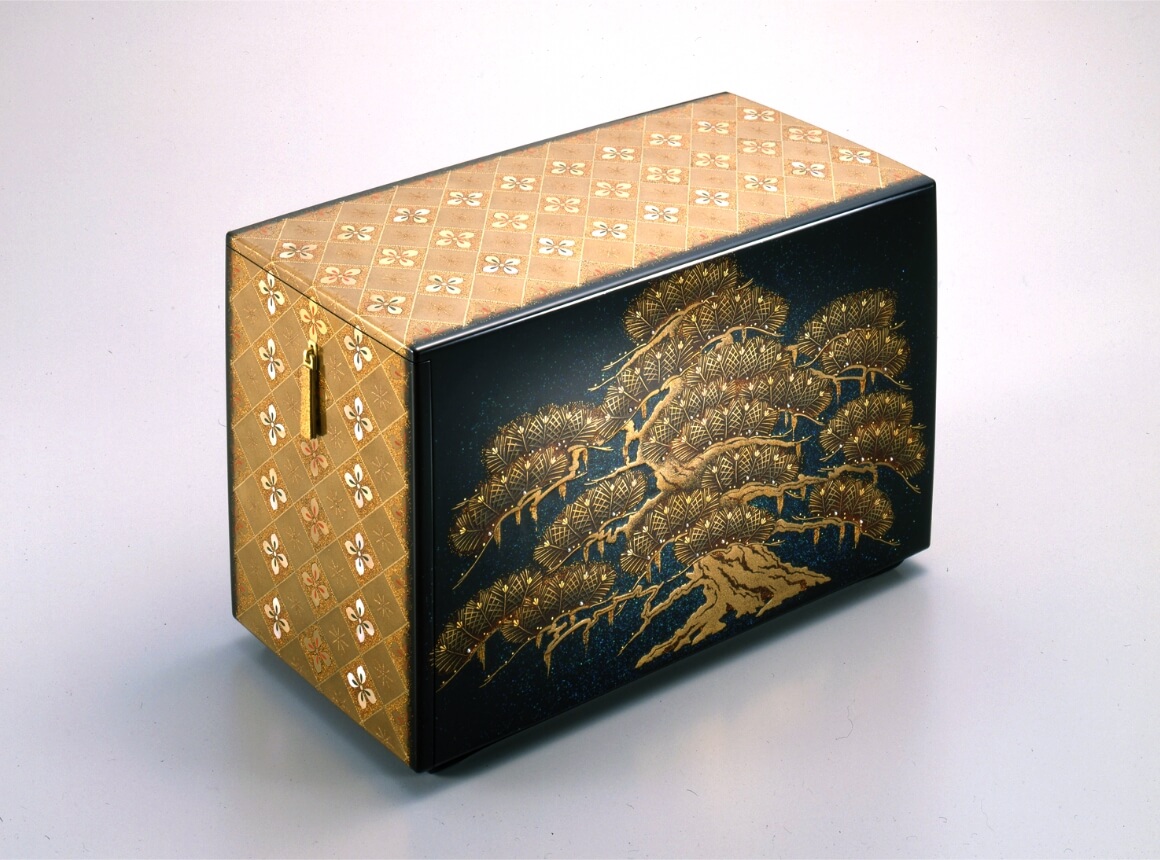
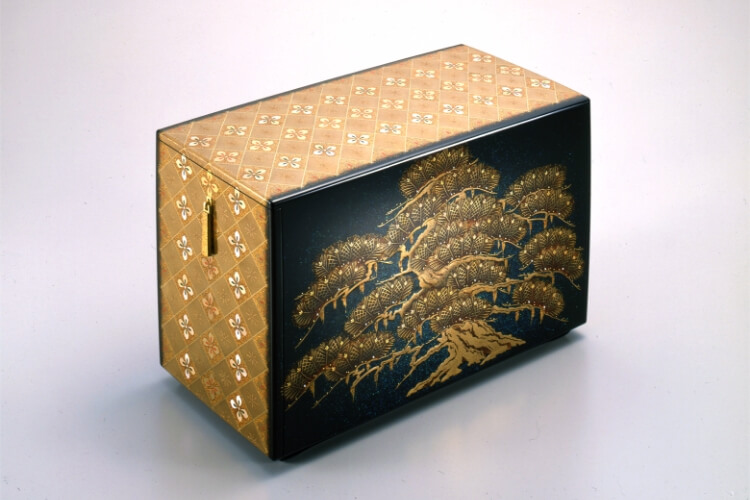
Sharing Traditional
Japanese Kogei With the World
Kogei Is Much
More Than Craftwork
Imparting beauty to everything from daily utensils to artwork, Japanese kogei is very different from the craftwork of other countries. Its beauty results from the creator's skill and a commitment to those who will use or view the creation. The creator works in the belief that his creation will be of value not only because it is beautiful, but also because it is used and appreciated by others. A box, for example, is made with the desire that those who open it will find it useful.
This concept holds true for jewelry as well. Jewelry only achieves its real purpose and worth when it is worn. Throughout the process of creation, the expert jewelry maker thinks of how the piece will look when worn and how the wearer will feel when wearing it.
While the beauty of makie is dazzling and radiant, that beauty is very different from the brilliance of gemstones. It is a graceful beauty that resonates in the heart and appeals to the Japanese sense of beauty. Now, by incorporating the beauty of makie into jewelry that can be worn with today's fashions, we have achieved a new synergy of beauty. The beauty and exquisiteness of the makie, as well as the jewelry's elegance and refinement, have been meticulously designed with the wearer in mind. It is our hope that this lacquer jewelry so symbolic of the Japanese aesthetic will be enjoyed by people around the world.
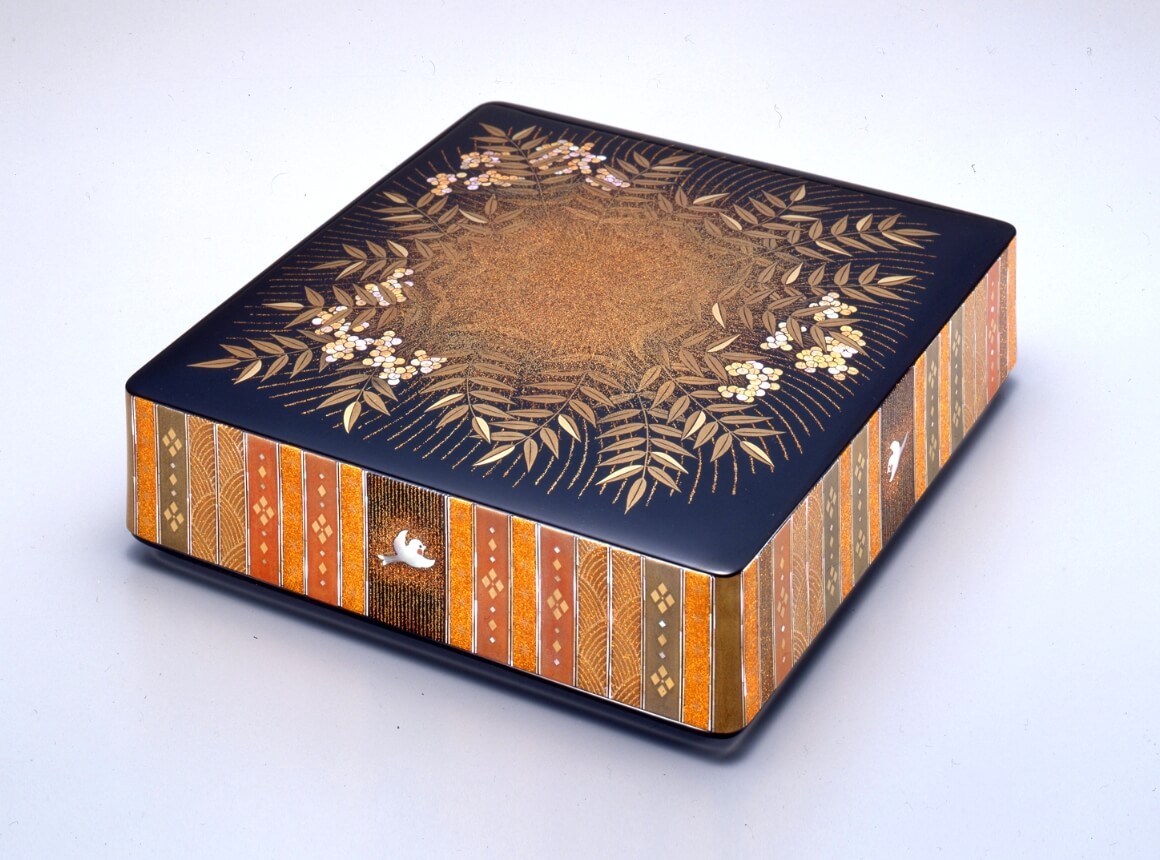
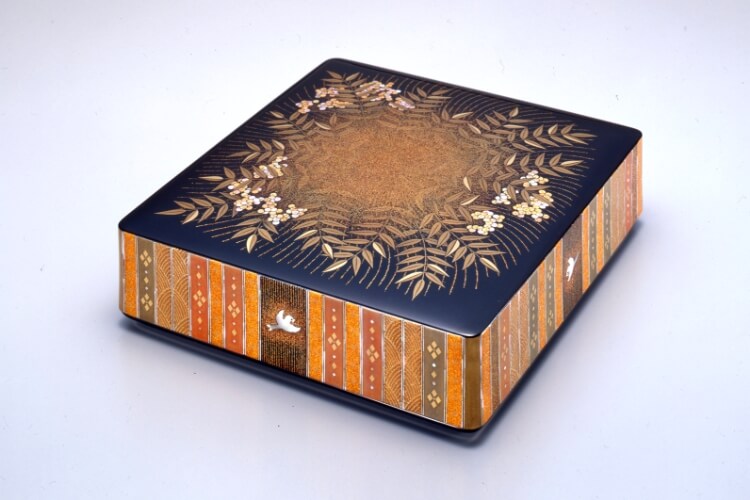
Makie and Jewelry
Become One
The image of the 5 Elements
(Wood, Fire, Earth, Metal and Water)
There are two basic steps in the Japanese lacquer work technique of makie. First, a pattern is drawn in lacquer. Then before the lacquer solidifies, gold powder is sprinkled to bring the pattern to life.
By combining these steps in various ways, a pattern of incredible depth can be created on a flat surface. The use of lacquer work has an almost magical effect and results
in a unique beauty not possible with gold alone. This collaboration represents the marriage of two exquisite art forms, 3-dimensional jewelry and makie.
The design concept is based on the five elements of wood, fire, earth, metal and water, each interpreted in my own way, with a strong desire for the health and beauty of the wearer.
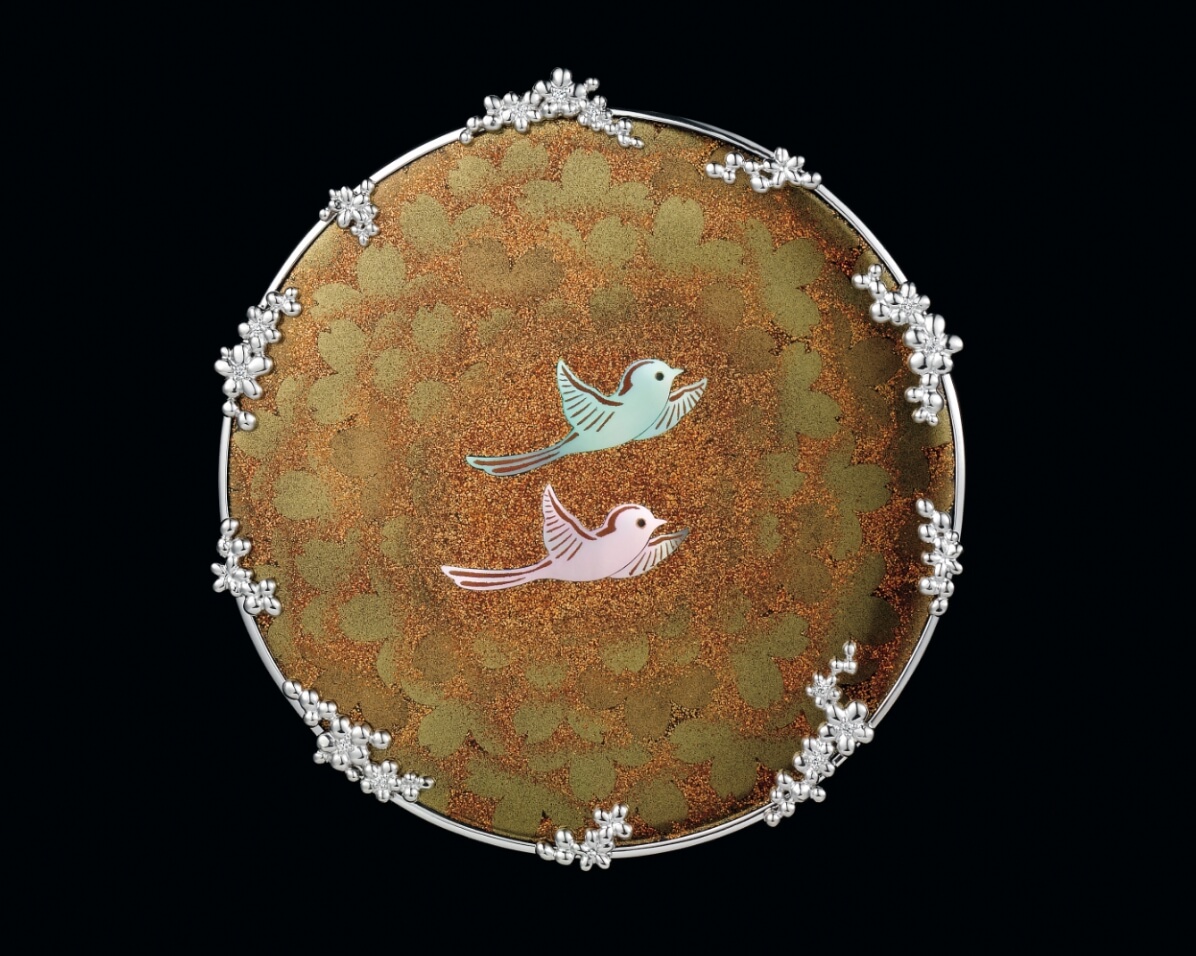
風Wind
Wind (= Wood)
Birds fluttering among cherry blossoms
in soft sunlight on the gentle breezes of spring are rendered in mother-of-pearl as
an expression of hope for growth and development.
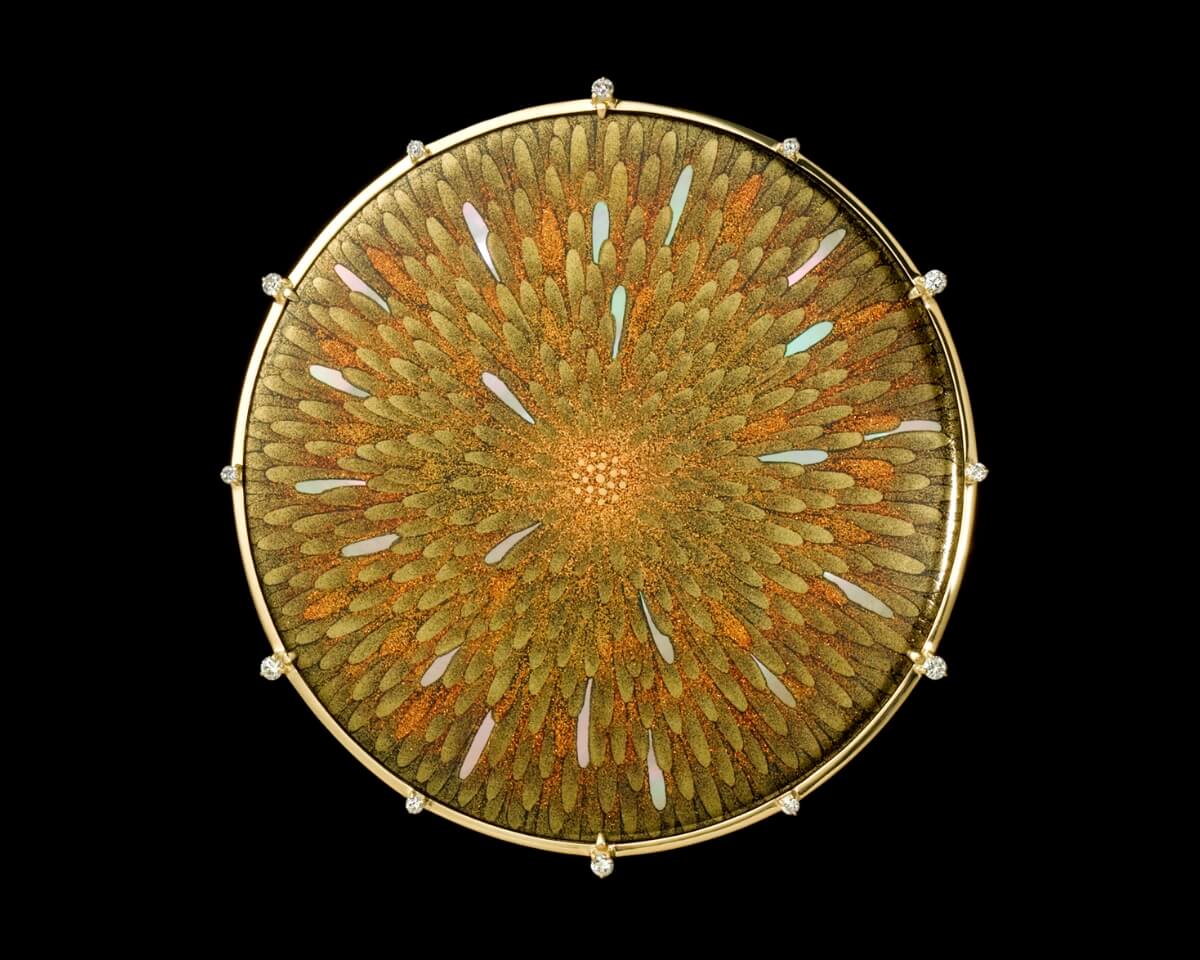
華Flowers
Flowers (= Fire)
Two commonly associated images ―
lushly blooming flowers and exuberant
summer fireworks ― express
the concept of energy.
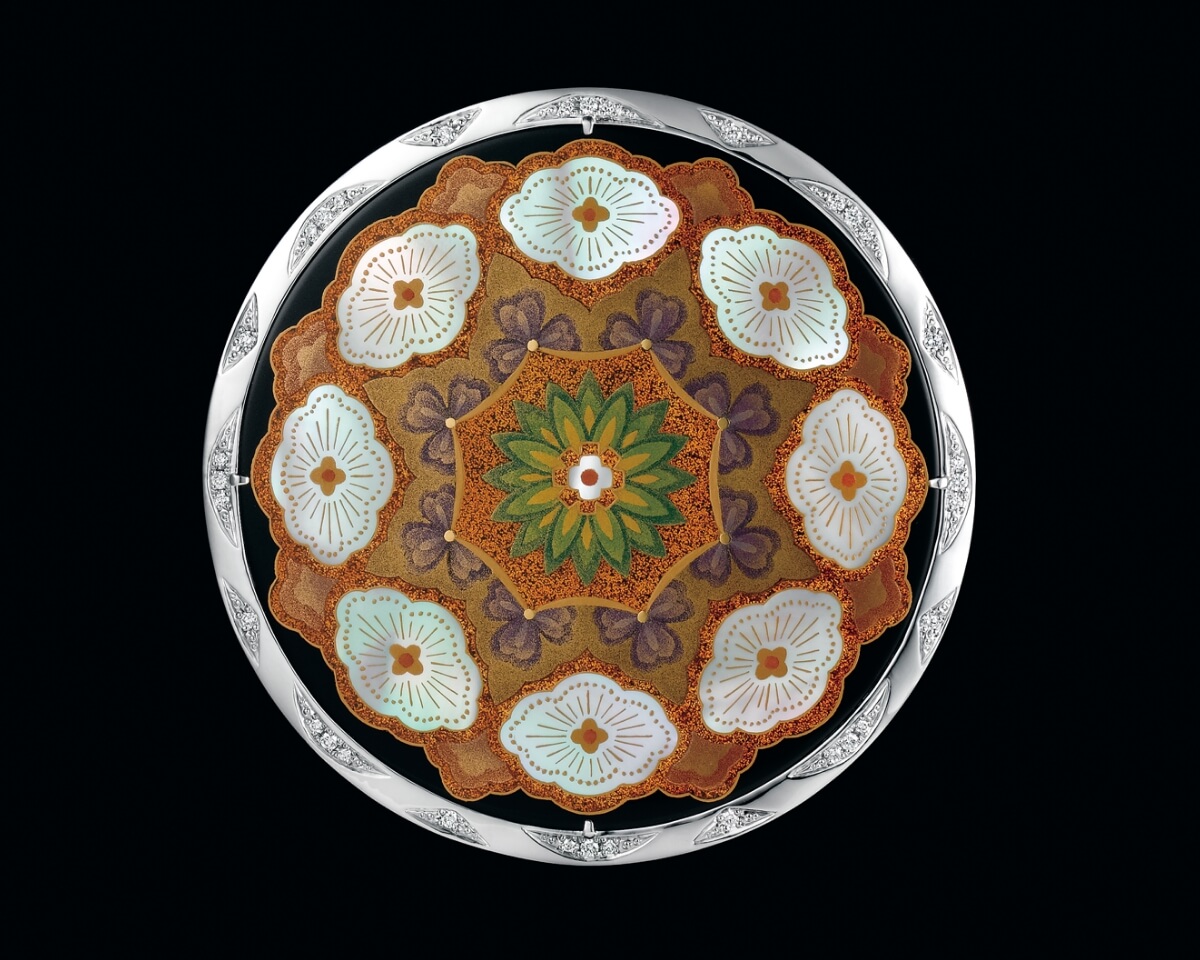
陽Sun
Sun (= Earth)
A geometrical pattern is used to express the
breath of life that springs from the earth when
bathed in sunlight, from which all living things
derive energy.
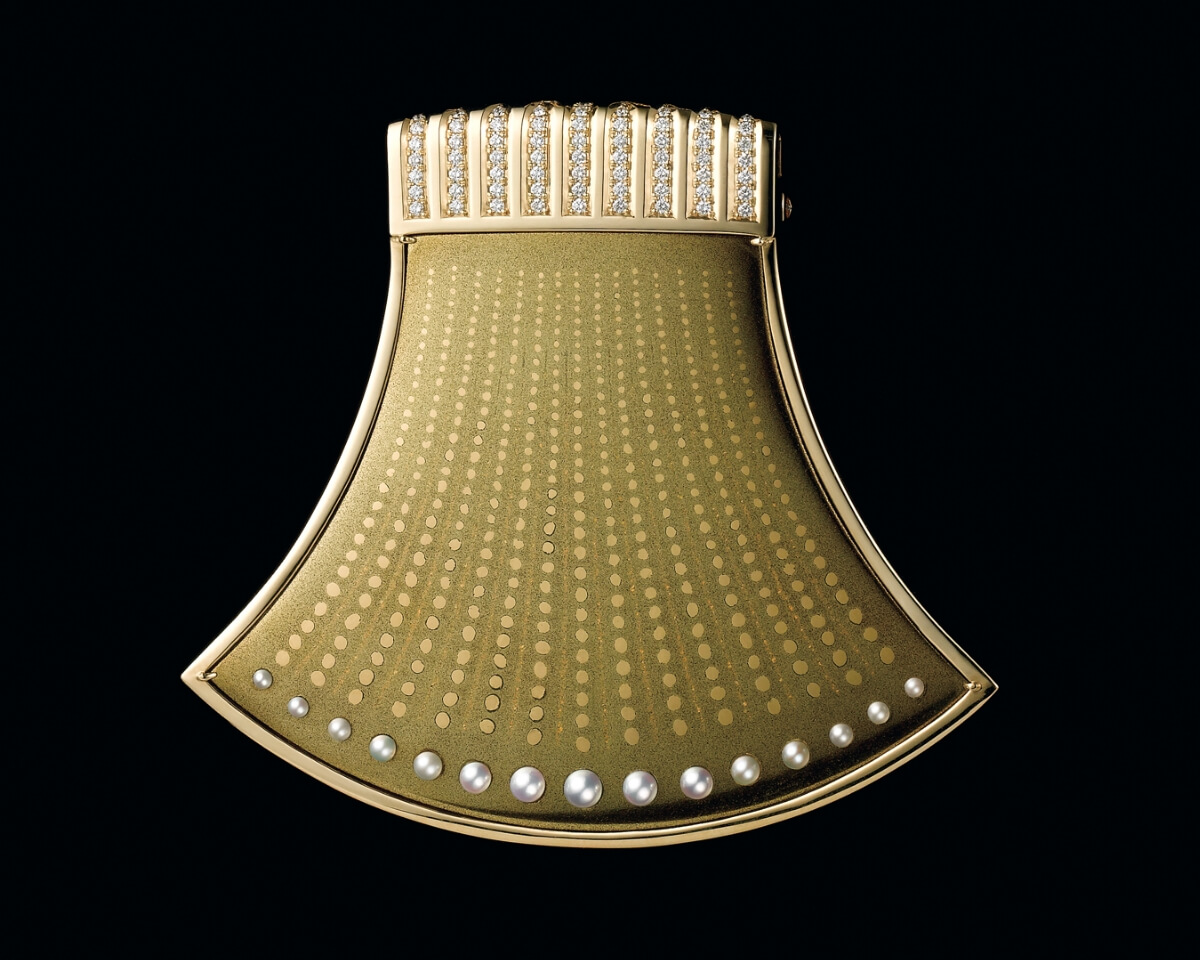
輝Glitter
Glitter (= Metal)
The shiny metals within the soil are strong and durable.
The image of an eternally gleaming
golden axe is combined with the subtle radiance of
pearls to represent long life and prosperity.
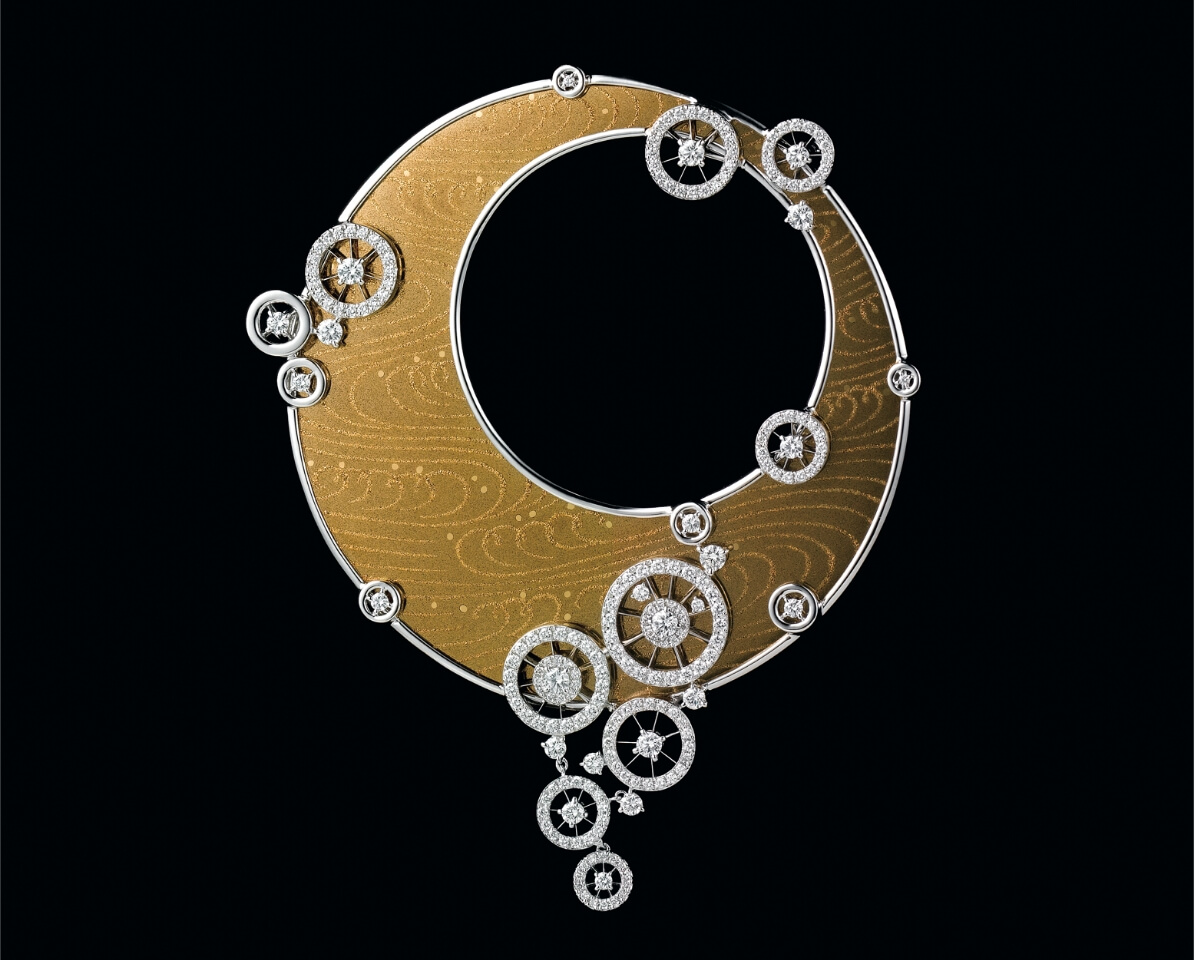
映Reflection
Reflection (= Water)
The design evokes the ancient custom of soaking
oxcart wheels in Kyoto's Kamogawa River
to prevent them from drying out.
Water represents the "origin of life" and "rebirth."
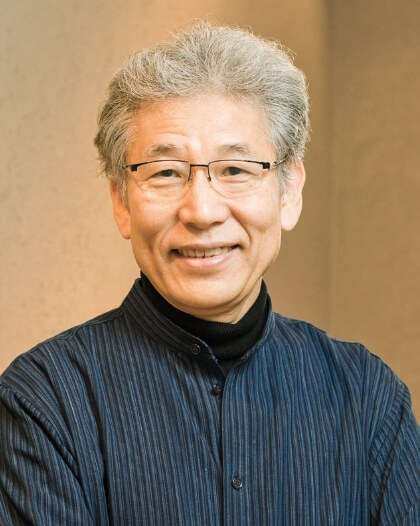
Profile of Kazumi Murose
Lacquer artist, designated as Preserver of an Important Intangible Cultural Property (Makie)
1950 Born in Tokyo.
1973 Awarded the Ataka Prize by Tokyo University of the Arts.
1974 Graduated with a major in Urushi Art (Japanese Lacquer) from the Department of Crafts, Faculty of Fine Arts, Tokyo University of the Arts.
1976 Completed postgraduate studies in Urushi Art (Japanese Lacquer), Department of Fine Art Research, Tokyo University of the Arts Graduate School. (His graduation project was purchased by the university.)
He has since held many exhibitions and received numerous Japanese and international awards.
2008 Designated a Preserver of an Important Intangible Cultural Property (Makie). Medal of Honor with Purple Ribbon
He is currently vice president of the Japan Kogei Association.
